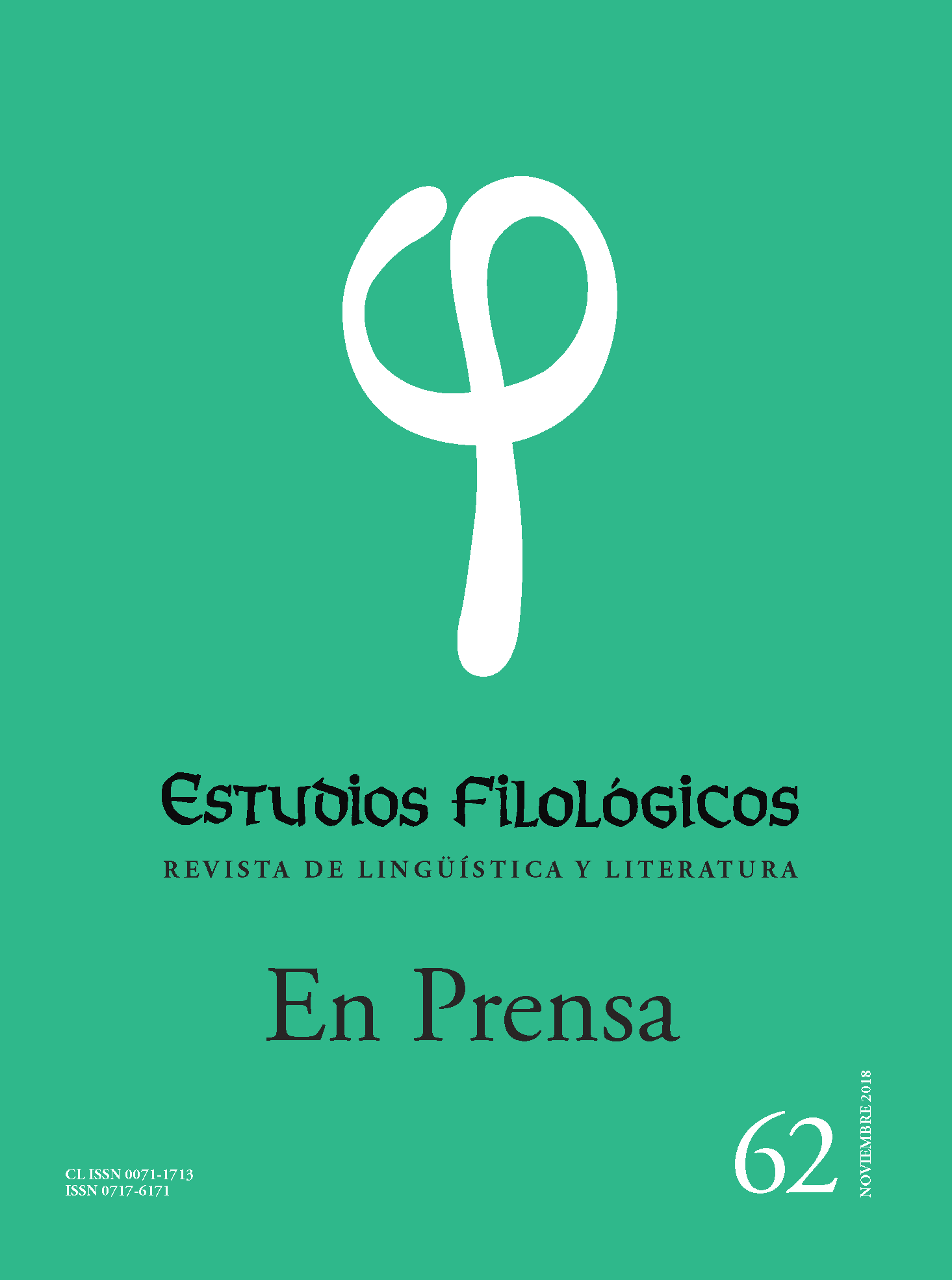Sergio Raimondi: the art of solid erosion
Main Article Content
Abstract
Sergio Raimondi’s Civil poetry (2001) proposes a new articulation of the public/ private distinction: the attention paid to domestic situations fosters a way of looking at social phenomena that transforms rather ordinary or trivial circumstances into small illuminations. This article intends to analyze the way in which Raimondi uses both urban cartography (railroad lines, warehouses and factories, worn-out walls…) and inscriptions that can be still found in public spaces of a frozen-in-time Bahia Blanca (remainders of street signs, advertisements, library cards…) to weave an intimate space in texts that entwine these “common places” with more erudite or scholar readings. The idea is to fathom the way in which Raimondi “reads”, in his own personal way, an aged urban scene while proposing a retrospective regard on the whole progress of urbanization and, at the same time, suggests a critical regard on the present of enunciation. It is through the deciphering of these traces and residues from the past, as well as the unraveling of multiple layers of urban cartography, that his poetry reveals itself as a means of resistance, inasmuch as his “civil poetry” functions both as an archive for collective memory and as a powerful protest against the ravages of post-industrial society, in particular economic neoliberalism policies in place during the 1990’s.

